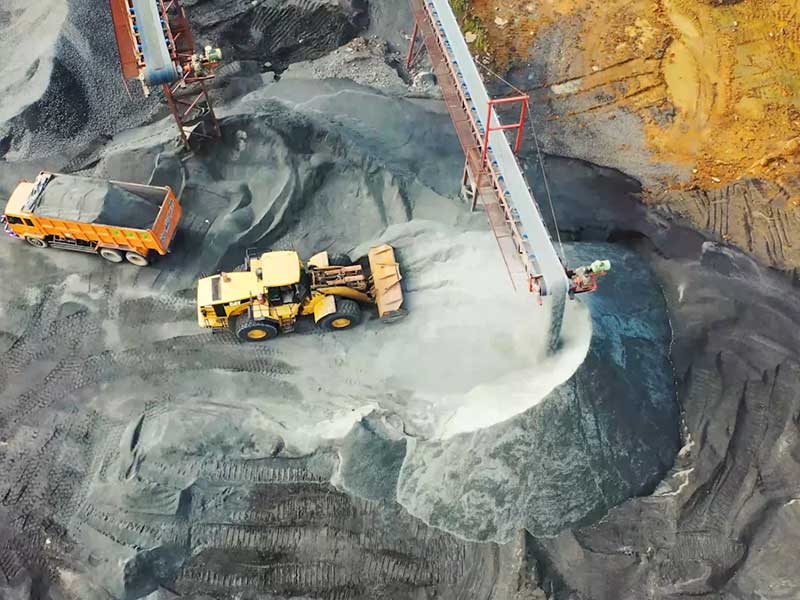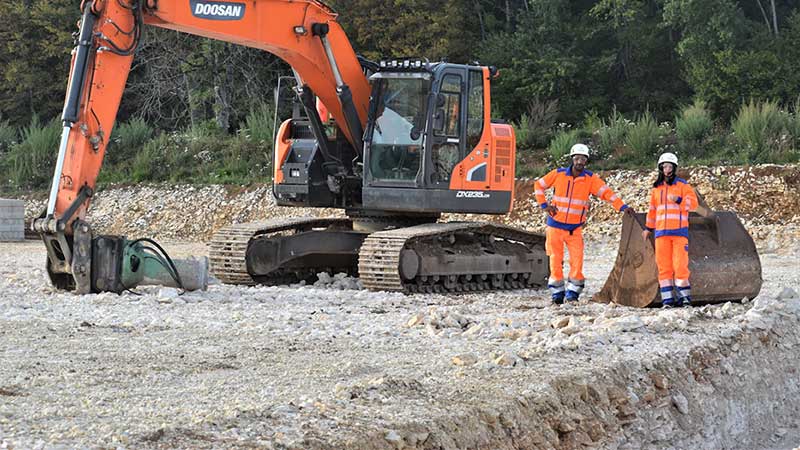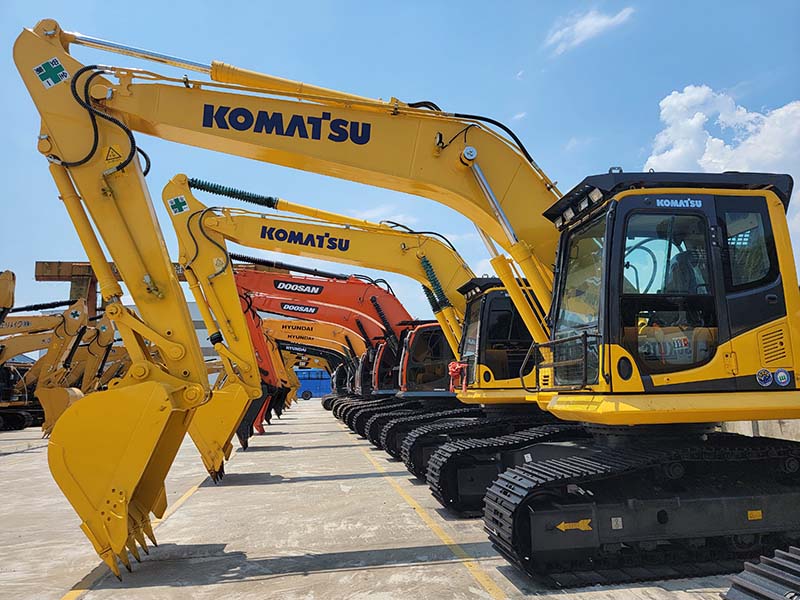Purchasing a second-hand excavator can be a cost-effective solution for businesses in industries like construction, mining, or road administration. However, finding the right machine requires careful consideration and thorough inspection to ensure reliability, performance, and value for money. Here are some essential steps to guide you through the process of selecting the ideal second-hand excavator.

Determine Your Needs
Before beginning your search, clearly define the purpose and scope of your project. Consider factors such as:
- Type of Work: Will the excavator be used for digging, demolition, loading, or other tasks?
- Job Site Conditions: Assess the terrain and working conditions, such as whether the area is rocky, muddy, or uneven.
- Size and Capacity: Match the machine size to your project requirements. Mini excavators are ideal for small, precise jobs, while larger models handle heavy-duty tasks.
- Understanding these requirements will help you narrow down the type and specifications of the excavator you need.
Research Brands and Models
Some brands are renowned for durability, performance, and easy maintenance. Research popular models in the market and check user reviews or forums for feedback. Consider:
- Availability of Spare Parts: Ensure parts are easy to find and affordable.
- Reputation of the Brand: Trusted brands like Caterpillar, Komatsu, and Hitachi often have better resale value and reliability.
- Fuel Efficiency: Evaluate how much fuel the excavator consumes, as operational costs can significantly impact your budget.
Inspect the Machine
Conducting a thorough inspection of the used excavator is crucial to avoid unexpected repairs or downtime. Pay attention to:
- Engine Performance: Start the engine and listen for unusual noises, vibrations, or excessive smoke, which may indicate underlying issues.
- Hydraulic System: Inspect hoses, pumps, and cylinders for leaks or wear. Smooth and efficient hydraulic operation is critical for excavators.
- Undercarriage: Check the tracks, rollers, and sprockets for damage or excessive wear. These parts are expensive to replace.
- Bucket and Attachments: Examine the bucket teeth, edges, and any additional attachments for signs of wear or damage.
- Cabin Condition: Ensure controls, gauges, and seating are in good condition for operator comfort and safety.

Review Maintenance Records
Request the maintenance history of the machine from the seller. A well-maintained excavator with regular servicing records is less likely to have hidden problems. Look for details such as:
- Regular oil changes
- Hydraulic fluid replacements
- Filter and belt replacements
- Maintenance records also provide insights into the previous owner’s care for the equipment.
Assess Operational Hours
The number of hours an excavator has been in operation is a key indicator of its condition. Machines with fewer operational hours are generally in better shape. However, balance this with other factors like maintenance quality and overall wear.
Test the Machine
Arrange a test run to evaluate the excavator’s performance. During the test, observe:
- Responsiveness of controls
- Stability and smoothness of operation
- Noise levels and vibrations
- This step will help you confirm that the machine functions as expected and meets your project requirements.
Verify Legal Documentation
Ensure the seller provides all necessary legal documentation, including:
- Proof of ownership
- Clear title with no liens
- Import/export certificates (if applicable)
- Proper documentation protects you from potential legal disputes or fraudulent transactions.
Negotiate and Finalize the Deal
After a satisfactory inspection, negotiate the price based on the machine’s condition, market value, and any required repairs. Be prepared to walk away if the deal doesn’t meet your expectations or budget. Consider working with a reputable dealer who offers warranties or after-sales support.
Plan for Transportation and Setup
Once purchased, arrange for safe transportation of the excavator to your site. Check if the seller offers delivery services or if you need to hire a logistics company. Additionally, plan for proper setup and operator training if required.
Conclusion
Choosing the right second-hand excavator requires careful planning, research, and inspection. By understanding your needs, evaluating the machine’s condition, and ensuring proper documentation, you can make an informed decision and maximize the value of your investment. Remember, a reliable excavator is essential for the success and efficiency of your projects.


